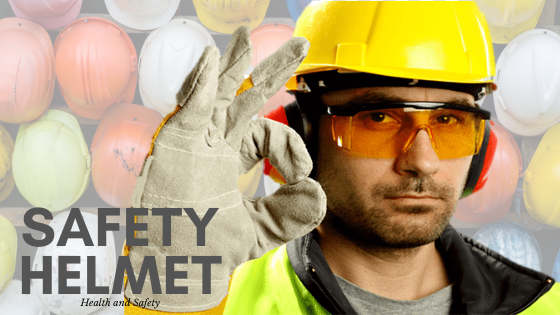Safety Helmet Standards and Classes | Health and Safety
We’re going to be talking about Safety hard hat standards. OSHA
standards state that a safety helmet must be worn when working in areas where there
is potential for injury to the head from falling objects. There are two types
of hard hats classified by ANSI standard, Z89.1-2014 for different levels of
protection.
Type (1)-hard hats are designed to protect only from the top of your head.
Class C-hard hats are considered conductive and do not provide any electrical protection.
These are typically vented and only protect workers from impact, this helmet becomes class-E compliant.-hard hats are designed to reduce force from lateral the impact such as an off-center impact, and side-impact, as well as top of the head.
These helmets have visible padding on the sides. The helmet
sets the standard in type 1 protection. With a strong chin strap, vented holes,
and a webbing suspension system, this helmet is the preferred choice for comfort
and strength. Hard hats must also be worn in areas where there’s a risk of
exposure to electrical conductors, thus requiring a further level of classification.
Class C (Conductive)-
Hard hats are considered conductive and do not provide any electrical protection, these are typically vented and only protect workers from impact, this helmet becomes class-E compliant.
Class E (Electric)-
Hard hats offer protection from high voltage conductors up to
20,000 volts, and cannot have any vents in the design.
Class G (General)-
Offers
protection from low voltage conductors up to 2,200 volts, they must also be
free of holes for ventilation. ANSI requires proper labeling of a hard hat that identifies
the standards to which it was designed to meet. If the label is missing or no
longer legible, the helmet must be replaced.
Hard Hats are not designed to last forever. Service life
begins from the time it is put into service and that date should be properly
labeled and documented. Suspension should be replaced after 12 months
and the helmet should be replaced after no more than 5 years. If the
hard hat sustains an impact, it must be retired immediately even if there is no
visible damage. Proper inspection should be taken each time the helmet is worn.
Suspension should be installed and worn as the manufacturer intended.
Exposure to paint and chemicals may damage the structure of
the helmet, therefore steps must be taken to remove paint or chemicals after
every use. Pressure-sensitive, non-metallic stickers and self-adhesive tape are
typically accepted, however, I strongly recommend you refer to the manufacturer’s
specifications before applying anything on the surface of the helmet.




Comments
Post a Comment